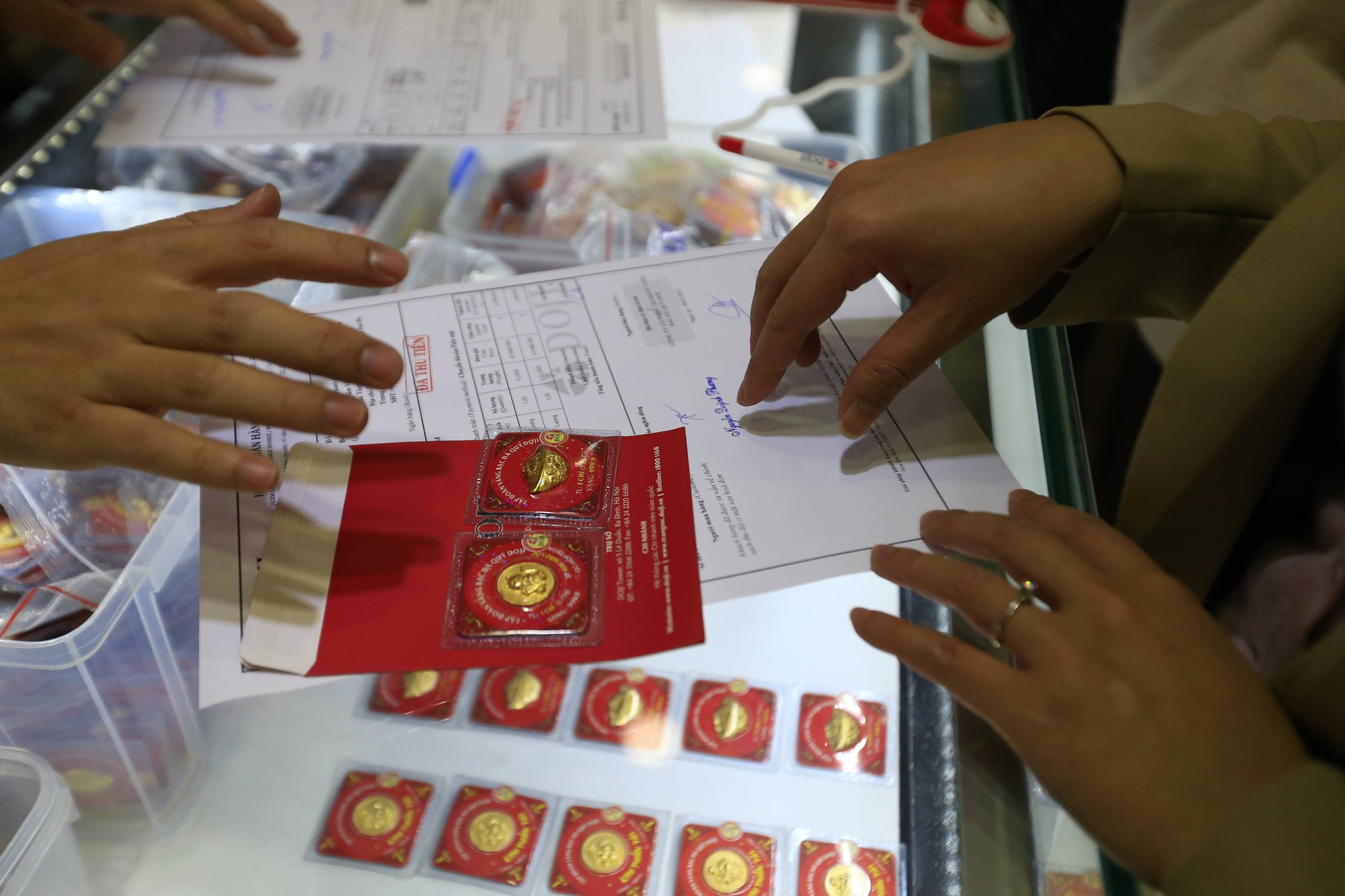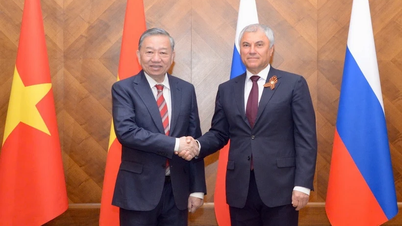From 19.6 tons in the first quarter of 2022, gold consumption demand in Vietnam has decreased by 12%, to only 17.2 tons. Similarly, demand for gold bars and gold coins has also decreased by 10%, from 14 tons in the first quarter of 2022 to 12.6 tons in the first quarter of 2023.
Meanwhile, jewelry demand fell 18% year-on-year in 2022, from 5.6 tons to 4.6 tons. The decline in the Vietnamese market was lower than the world's rate. Global gold consumption (excluding the OTC market) was 13% lower than the same period last year. However, the recovery in the OTC market raised total gold demand to 1,174 tons, up slightly by 1% compared to the first quarter of 2022.

Vietnam's gold demand to drop 12% in Q1/2023
Explaining the above phenomenon, Mr. Shaokai Fan, Managing Director of Asia-Pacific (excluding China) and Global Head of Central Banks of WGC, said: "The decline in gold jewelry demand is partly due to the impact of the base effect. Q1/2022 is considered the quarter with the strongest domestic demand for gold jewelry since 2007. Gold jewelry purchases in Q1/2023 recorded positive signs during the Lunar New Year, before gradually decreasing in February and March due to the increase in gold prices."
Central banks contributed to the demand by adding 228 tonnes to global reserves, reaching a record level in the first quarter data. The continued large purchases by government agencies underscore the role of gold in foreign exchange reserve portfolios during times of market volatility and heightened risk.
Meanwhile, global jewelry gold consumption remained stable in the first quarter at 478 tonnes. Chinese jewelry demand gradually recovered, reaching 198 tonnes, the first quarter without restrictions on consumer purchases due to the easing of the lockdown. This partly offset the decline in demand in India, where consumption fell 17% year-on-year to 78 tonnes in the first quarter of 2023. The main factor behind the decline was the sharp increase in domestic gold prices.
Gold investment demand in the first quarter of the year has undergone a transformation. Although there were capital withdrawals from gold ETFs in January and February, March saw a recovery in investment capital into gold ETFs due to systemic risks in the US economy, thereby contributing to a modest reduction in withdrawals for the entire quarter, about 29 tons.
However, global investment demand for gold bars and coins rose 5% year-on-year to 302 tonnes, despite significant volatility in major markets. Demand for gold bars and coins in the US reached 32 tonnes in the first quarter, the highest quarterly level since 2010, driven largely by recession fears and a search for refuge from the banking crisis. The increase in the US was offset by a decline in demand in Europe, particularly Germany, where investment demand fell by 73%. The significant decline in German demand was driven largely by positive real interest rates and rising gold prices in the European market, which encouraged profit-taking.
In terms of supply, Q1 saw a slight increase in total gold supply, reaching 1,174 tonnes, with a 2% increase in mining and 5% in recycling, driven by rising gold prices.
Source link




![[Photo] Prime Minister Pham Minh Chinh chairs Government Standing Committee meeting on Gia Binh airport project](https://vphoto.vietnam.vn/thumb/1200x675/vietnam/resource/IMAGE/2025/5/10/6d3bef55258d417b9bca53fbefd4aeee)



















![[Photo] General Secretary To Lam holds a brief meeting with Russian President Vladimir Putin](https://vphoto.vietnam.vn/thumb/1200x675/vietnam/resource/IMAGE/2025/5/10/bfaa3ffbc920467893367c80b68984c6)



































































Comment (0)